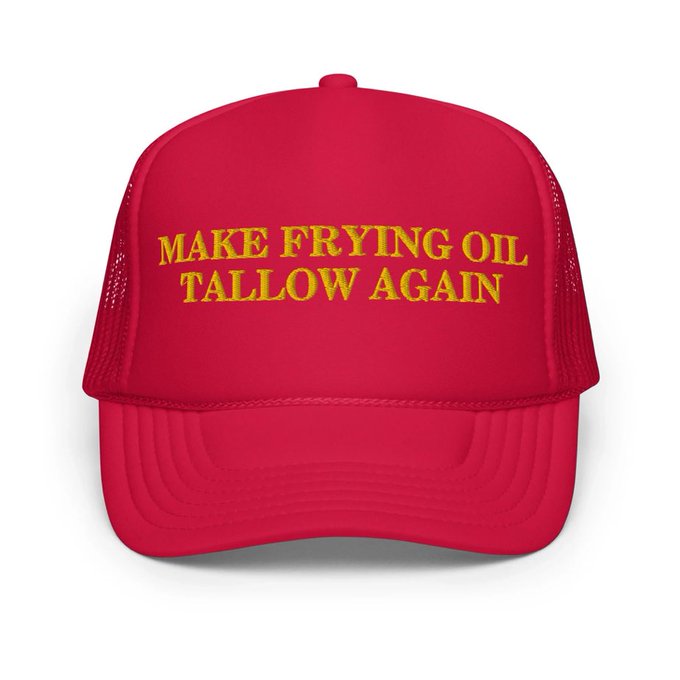Who does not love the Hero? He charges in on a white horse, and with thumotic rage thrusts a sword into the belly of the beast, thus saving the world. The hero is respected by other men, adored by women and his story is the central myth of humanity. James Joyce has called the story of the hero “the monomyth” and Joseph Campbell has elaborated on the features of this monomyth story in his book, “Hero with a Thousand Faces” to describe the magnificent story of the Hero that has crossed time, culture, race and creed.
But who is the
heroine? What is
her story? One of the most significant problems subsequent to the erasure and confusion of gender since the nefarious social contagion of feminism invaded humanity, is that the average man no longer knows what it is to be a hero, and the average woman no longer knows what it is to be a heroine. They either conflate each others’ roles, believing that women can be heroes, or men can be heroines, or they deny the power of myth altogether even as they live out the myth of their own destruction. At the base of the questions “what is a hero? what is a heroine?” are the questions “what is a man? what is a woman?” questions that until recently, humanity never truly struggled with.
The Marxist inversion of the heroine story has penetrated western society and female consciousness, meaning that the question of “what is heroine” becomes critical if we are to attempt to restore society, to orient it again toward virtue and beauty. I believe it maybe
more important than the question of ‘what makes a Hero.’ As we shall see, the heroine and the hero myths are very much connected. One cannot exist, without the other.



